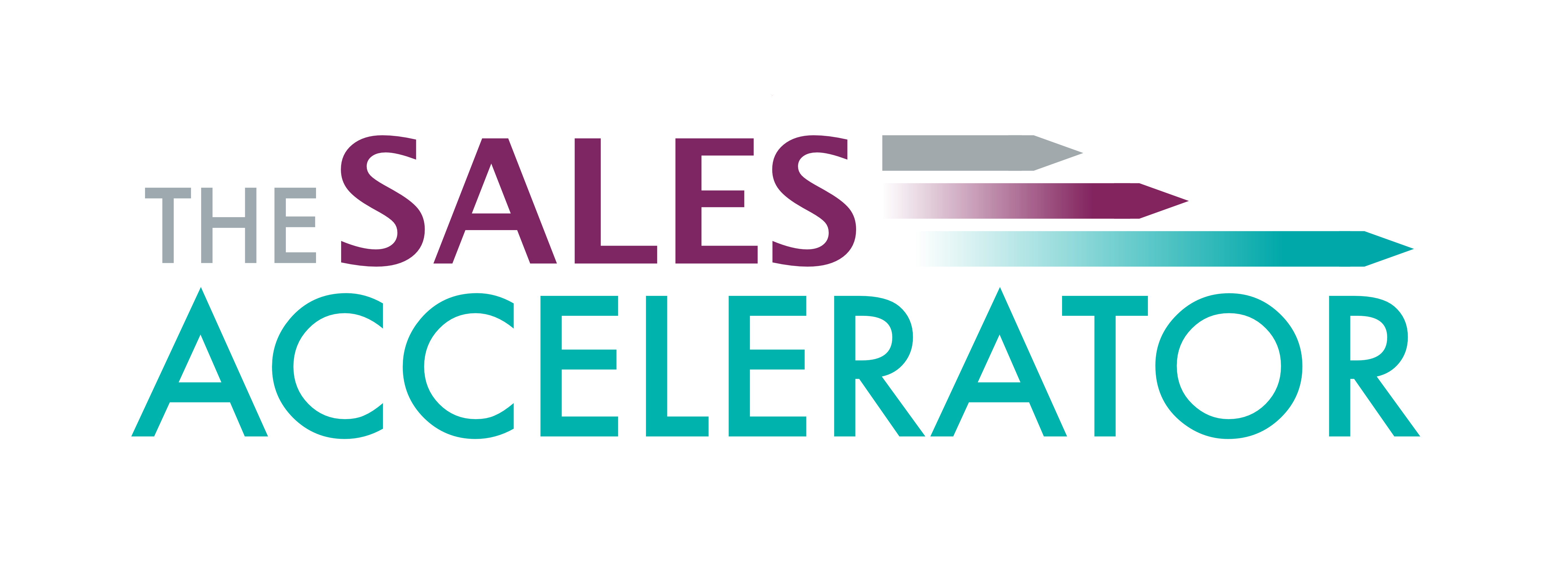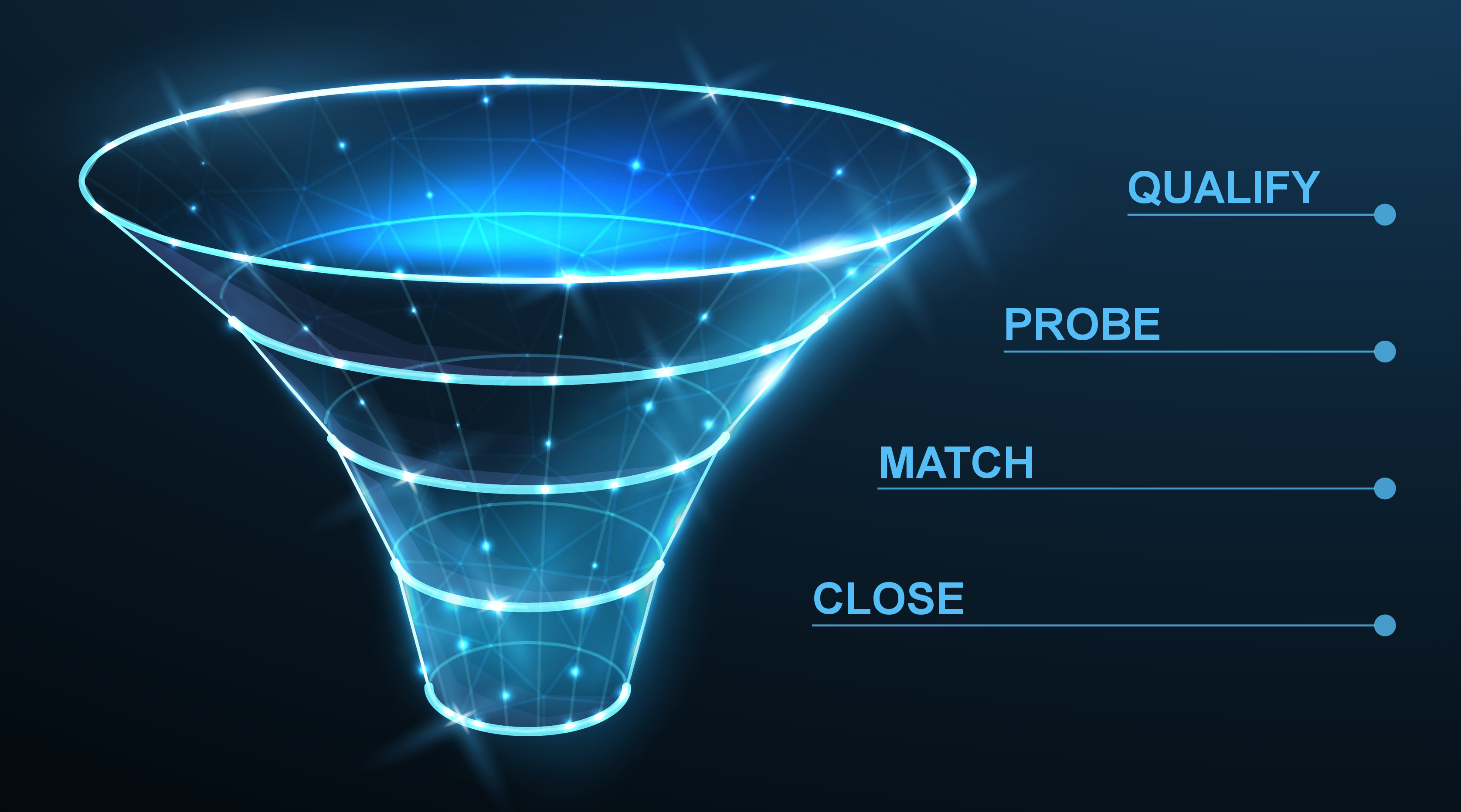Sales pipelines have been used for many years to increase salespeople’s likelihood of hitting their targets. The concept is simple yet effective:
– Leads go in at the top
– Sales come out at the bottom
– There are holes in the pipe on the way down which potential sales leak out of
There are then 2 ways to ensure that more sales come out of the bottom of the pipe:
1: Put more leads in at the top
2: Plug the holes
Pipelines have “stages” and at each pipeline stage, there’s the possibility to lose sales, or for the sale to continue through the pipe.
Pipeline stages are often created to be company- or role-specific. Around this, there are two approaches you can use:
1: Salesperson actions
2: Customer responses to salesperson actions
There’s no right or wrong, but in terms of benefits:
1: This approach is more tangible and practical, particularly for junior sellers
2: This approach is more closely aligned with the probability of buying
At Navanter, we use simple options for each:
Salesperson actions
– Qualify
– Probe
– Match
– Close
Customer responses to salesperson actions
– Attention
– Interest
– Desire
– Action
You now need to think about what needs to happen for sales to move through the pipeline.
Each stage has inputs and outputs. Inputs are what has to feed into that stage, and outputs are what goes out of that stage and into the next.
Within each stage, you have tasks. These are the actions the salesperson needs to take to get from the input to the output on each stage.
For example, look at probe from the first model. Here’s how that might break down:
Input
A qualified lead.
Output
Enough information to provide a proposal.
Task (to coach the salesperson to carry out)
Ask a wide range of questions to fully understand the opportunity in order to put a proposal together.
As you get used to working with pipelines with your team, you’ll begin to realise that salespeople have diverse strengths and weaknesses, and you can begin to share knowledge between them to upskill them on the tasks required to get from one stage to the next of the pipeline.
You can have two salespeople who have the same number of leads going in at the top of the pipeline, and the same number of sales coming out the bottom. But on the way down, they might be losing sales in different places. This is a great opportunity for you as their leader to share skills and best practice across the team.

